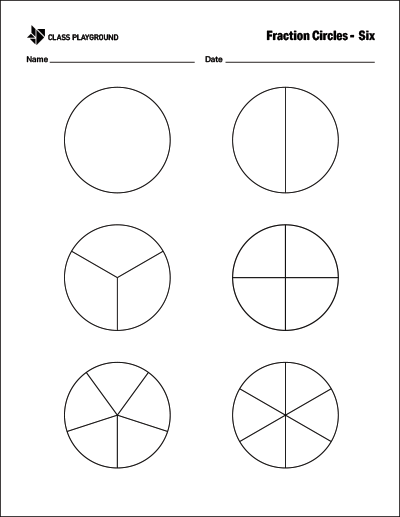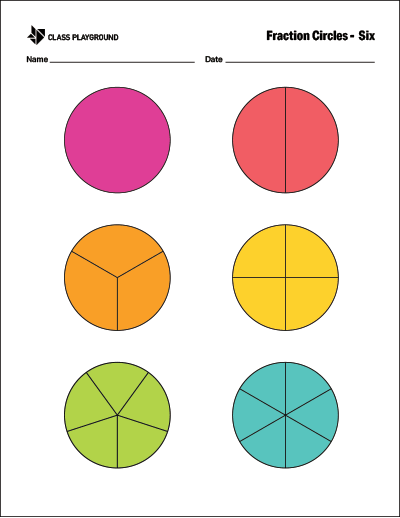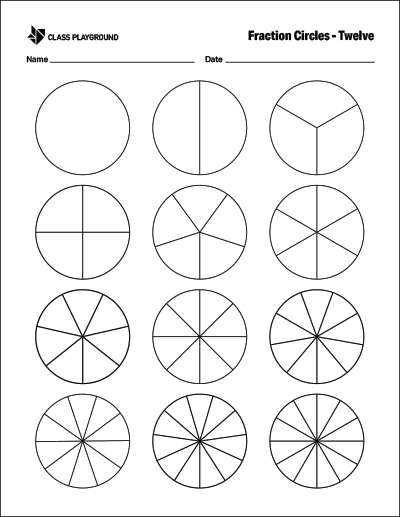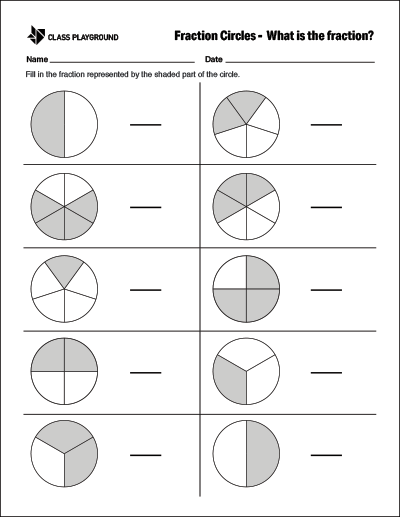What Are Fraction Circles?
Fraction circles are an invaluable tool for teaching students about fractions. These circular manipulatives are all the same size and each is divided into equal fractional parts, including halves, thirds, quarters, fifths, sixths, eighths, tenths, twelfths, and one whole. Each piece is typically color-coded, adding a vibrant and visually appealing element to the learning process.
These tools offer a concrete way to demonstrate fractions, making it easier for students to understand parts of a whole, compare fractions, and perform operations like addition and subtraction with fractions. Whether used in math centers for hands-on learning activities or in whole-class math demonstrations, fraction circles can significantly enhance math instruction.
Why Use Fraction Circles?
Fractions introduce a level of complexity that can often throw students off, especially given the conflict they present with students’ basic understanding of whole numbers. For example, students learn that ¼ is smaller than ⅓, which contradicts the idea that four is larger than three. This is where fraction circles come in. They provide a tangible model that can help students navigate these tricky concepts.
Teaching fractions is universally recognized as challenging, but also fundamentally important to mathematical learning. Fractions permeate our daily lives – from cooking and telling time, to shopping and planning our day. Consider the simple act of dividing a pizza into equal slices: if you divide a pizza into six slices, you’re effectively dividing it into sixths.
Exposing children to fractions at an early age can build on their understanding of fair sharing and proportionality. Fraction circles provide a visual, hands-on way to do this. By using fraction circles, teachers can help students better grasp the concept of fractions, setting a solid foundation for more advanced mathematical learning in the future.
Strategies for Using Fraction Circles
- Introducing Fractions: Start with the whole circle and explain that this represents one whole unit. Gradually introduce the other pieces, explaining that each piece represents a part of the whole. For instance, when introducing the half piece, explain that two halves make up one whole.
- Demonstrating Equivalence: Use fraction circles to visually demonstrate the concept of equivalent fractions. Show how two halves are equivalent to one whole, or how three thirds are equivalent to one whole. You can also show how four quarters are equivalent to two halves, and so on. This visual demonstration helps solidify the concept of equivalence.
- Adding and Subtracting Fractions: Use fraction circles to physically demonstrate the addition and subtraction of fractions. For addition, students can combine different pieces to form a whole or another fraction. For subtraction, start with a whole or a fraction, then remove pieces to show the result.
Activities
- Equivalent Fraction Hunt: Turn learning into a game by challenging students to find different ways to make a given fraction using their fraction circles. For example, you might ask them to find all the combinations that make up 3/4 or 2/3. This activity encourages critical thinking and problem-solving skills.
- Fraction Circle Art: Students can use fraction circle pieces to create pictures or designs, then write about or discuss the fractions used in their artwork. This not only reinforces their understanding of fractions but also allows them to express their creativity.









